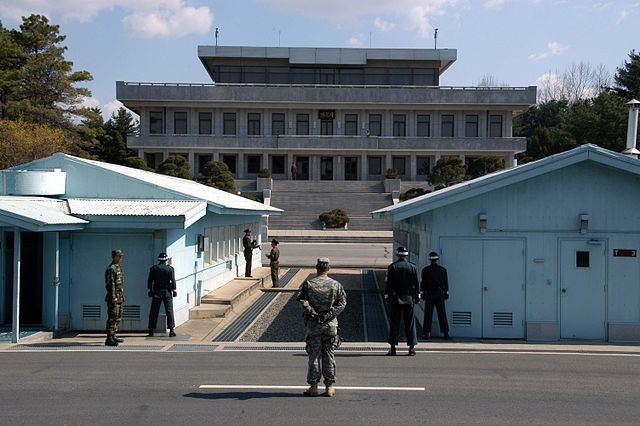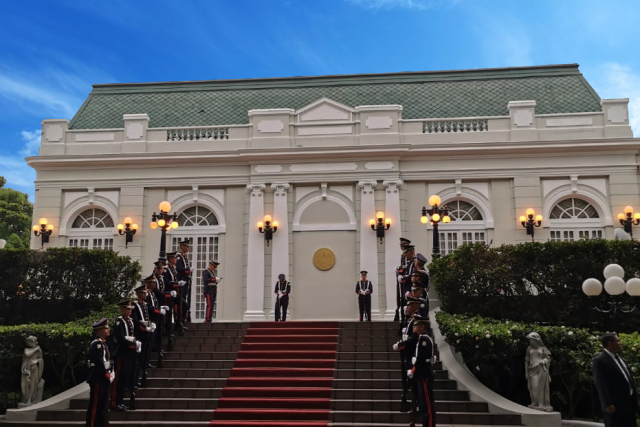The UN Command announced Tuesday that a US citizen on a tour of the Joint Security Area (JSA) of the demilitarized zone (DMZ) between North and South Korea crossed the border into North Korea and is believed to be in North Korean custody.US Secretary of Defense Lloyd Austin confirmed that the US citizen was a member of the US Armed Forces, saying, “What we do know is that one of our service members who was on a tour willfully and without authorization crossed the military demarcation line. We believe he is in [North Korea’s] custody.” The US Army identified the soldier to the Reuters news agency as Private Second Class Travis King, with two officials anonymously telling journalists that King was due to face disciplinary action.CBS News received confirmation from the US military that King had served time at a military detention facility in South Korea and was released a week ago and escorted to the airport to be sent back to the US. He then evaded his escort and never boarded the plane. At that point, he is believed to have joined a tour group going to the DMZ. A member of the tour group King was with stated that King ran off during the portion of the tour in the town of Panmunjom. That same tour group member went onto say, “I thought it was a bad joke at first, but when he didn’t come back, I realized it wasn’t a joke, and then everybody reacted and things got crazy.”The incident comes as tensions between the US, South Korea and North Korea have reached a fever pitch. The US moved the USS Kentucky, a nuclear-capable ballistic-missile submarine, to Busan, South Korea earlier Tuesday. Before that, US President Joe Biden and South Korean President Yoon Suk Yeol launched the bilateral Nuclear Consultative Group (NCG) in April. The inaugural meeting of the NCG occurred earlier this week, just before King crossed the border. The White House released a statement after the meeting, writing, “[T]he US and ROK [Republic of Korea] discussed joint planning and execution of ROK conventional support to U.S. nuclear operations as well as how to enhance visibility of U.S. strategic asset deployments around the Korean Peninsula.” This is the first time since 1981 that US strategic nuclear weapons have been placed on the Korean peninsula. North Korea has also been ramping up militaristic activities, testing an intercontinental ballistic missile (ICBM) mere days before King’s border crossing.Tours of the DMZ have become popular recently provided by both private travel companies and the UN Command for its staff. Article 60 of the Protocol Additional to the Geneva Conventions of 12 August 1949, and relating to the Protection of Victims of International Armed Conflicts (Protocol I), provides the international law boundaries surrounding DMZs. However, most DMZs are regulated more directly based on the agreements that created them in the first place. In the case of the Korean DMZ, it was created by the Armistice Agreement in 1953. The Armistice Agreement specifically forbids unauthorized crossings—such as King’s—stating, “No person, military or civilian, in the Demilitarized Zone shall be permitted to enter the territory under the military control of either side unless specifically authorized to do so by the Commander into whose territory entry is sought.”




The Most Read
Сryptocurrencies
Bitcoin and Altcoins Trading Near Make-or-Break Levels
Financial crimes
Thieves targeted crypto execs and threatened their families in wide-ranging scheme
Financial crimes
Visa Warning: Hackers Ramp Up Card Stealing Attacks At Gas Stations
News
Capitalism is having an identity crisis – but it is still the best system
Uncategorized
The 73-year-old Vietnamese refugee is responsible for bringing Sriracha to American consumers
Uncategorized
Electric Truckmaker Rivian, Backed By Amazon, Ford, Raises Whopping $1.3 Billion